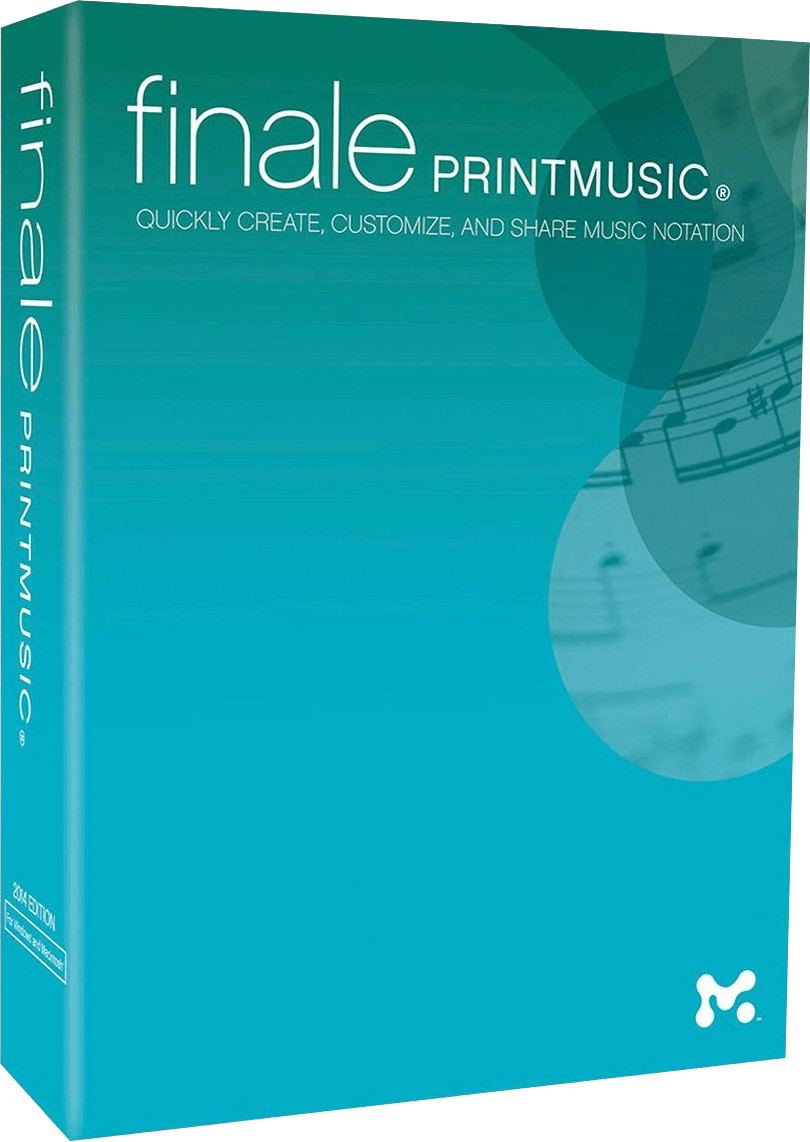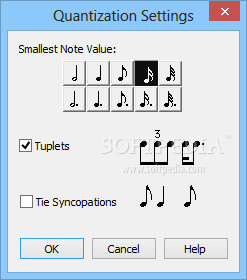

#Finale printmusic trial windows 10
MusicJOT-a companion project of Mona Lisa Sound, the Hampton Rock String Quartet’s sheet music company-is currently only available for iPad, while StaffPad is available for both iPads using Apple Pencils and Windows 10 tablets that support active pen and touch. Draw notes, articulations, accidentals, and dynamics just as you would with pen and paper, and watch these programs render your work into legible sheet music with impressive accuracy. For iPad they offer the free Dorico app with similar functions to the Dorico SE as well as in-app upgrades with a subscription purchase.ĭesigned for tablet use, both MusicJOT 2.1 and StaffPad make it easy to write out sheet music, literally. All versions are available for both Mac and Windows. While playback quality is better than Sibelius and Finale, the additional NotePerformer plug-in is also available.ĭorico offers a free trial version, as well as the basic but free Dorico SE, the advancing level Dorico Elements for $99.99, and the professional level Dorico Pro for $579.99. Notable features that users enjoy seem to center around saving time, from how the software instinctively adds additional measures when entering notes using keypad or MIDI entry to its sophisticated treatment of divisi sections and extracted parts, from how it automatically rewrites the timing in subsequent measures after lengthening a note mid-composition to how it populates chords entered for one chordal instrument throughout the rest of the rhythm section. Users also appreciate its engraving capabilities, with default spacing that is inherently pleasing, plus a wide variety of custom engraving elements.
#Finale printmusic trial how to
Now on version 4, it offers the same note entry methods as Sibelius and Finale, but its fans report a more intuitive flow that saves considerable time once you learn how to use it. With a growing following of passionate converts from Sibelius and Finale, Dorico is becoming a formidable rival.
#Finale printmusic trial full
LilyPond can create a wide variety of scores and extracted parts-from solo works to full symphony and opera scores-as well as lead sheets, vocal music, sample exercises intended for educational purposes, tablature, and even Schenkerian analysis.Īvailable for Windows, Mac, and Unix/Linux, LilyPond is an intriguing option for users who have the time and energy to study its online manual, and especially those who already use coding languages. Beyond the basics, it offers advanced typesetting features like cross-staff stems ancient notation types, such as those used for Gregorian chant and modern music notations. However, LilyPond claims to be “devoted to producing the highest-quality sheet music possible,” and once fluent in its language, users can create perhaps the most elegant-looking sheet music of all the programs reviewed here.

In this way, it operates more like a programming language and has one of the steeper learning curves. Notation is entered via text document rather than dragging notes from a graphical toolbar onto a staff. LilyPond, also free, is an interesting outlier.


 0 kommentar(er)
0 kommentar(er)
